Photography Tour of Morocco
Study Religion and Photography in Morocco
FUN FACT:
The word kasbah is believed to be derived from the Turkish word kasabe, which means “small town.” Today throughout Morocco and most of northern Africa, it refers to the fortified area in a city.
The Worldwide Navigators Difference

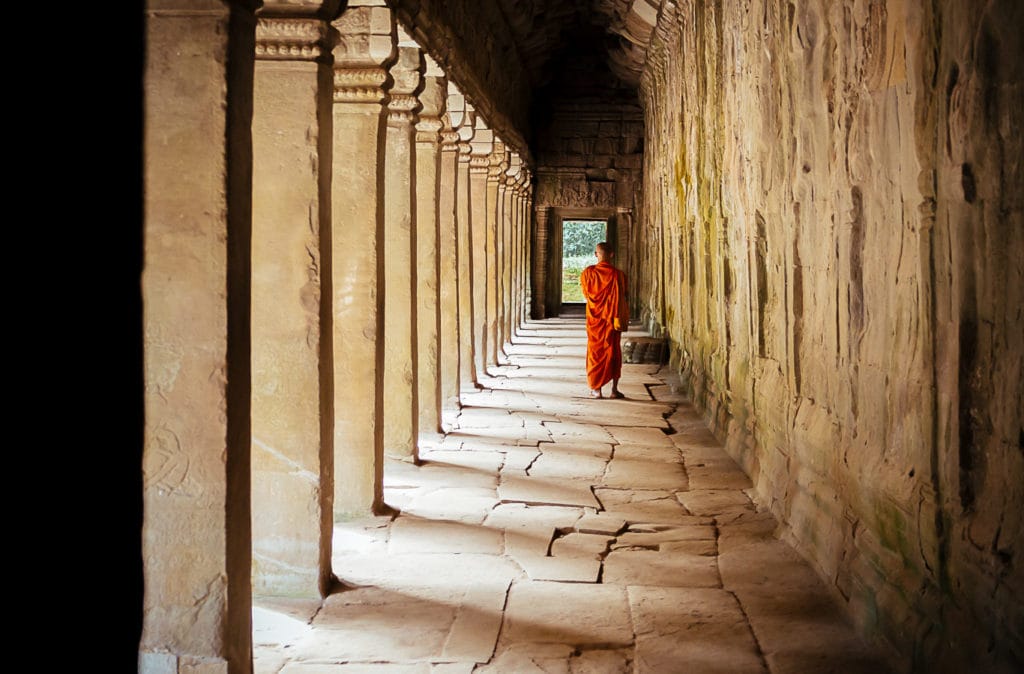
Sojourn – Gain a better understanding of the community you’re visiting. Learn about different religions or spiritual practices. How do these impact the communities? How does religion or spirituality influence local traditions?
1 of 1
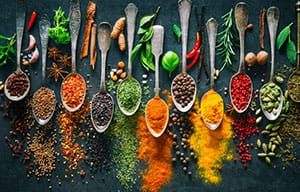
Savor – Will you choose sweet or savory? Take the time to visit local markets and discover unique local ingredients. Learn how to prepare traditional meals & local favorites.
1 of 1
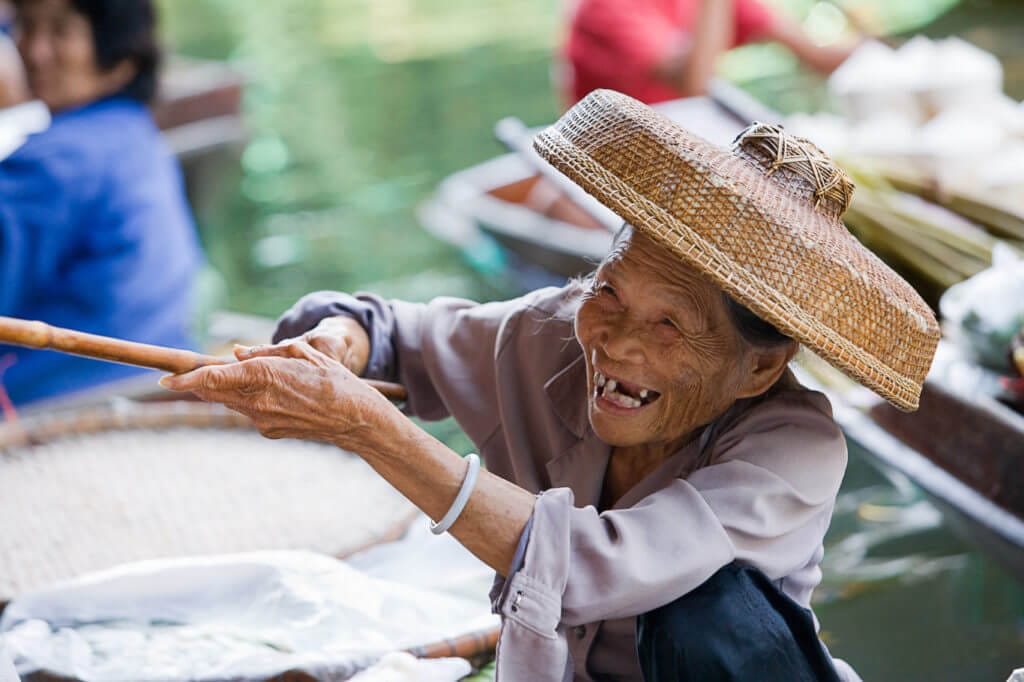
Tip of the Tongue – Each morning, take the time to learn a few basic greetings and phrases in the local language. Learn how to write greetings & your name in the local script.
1 of 1
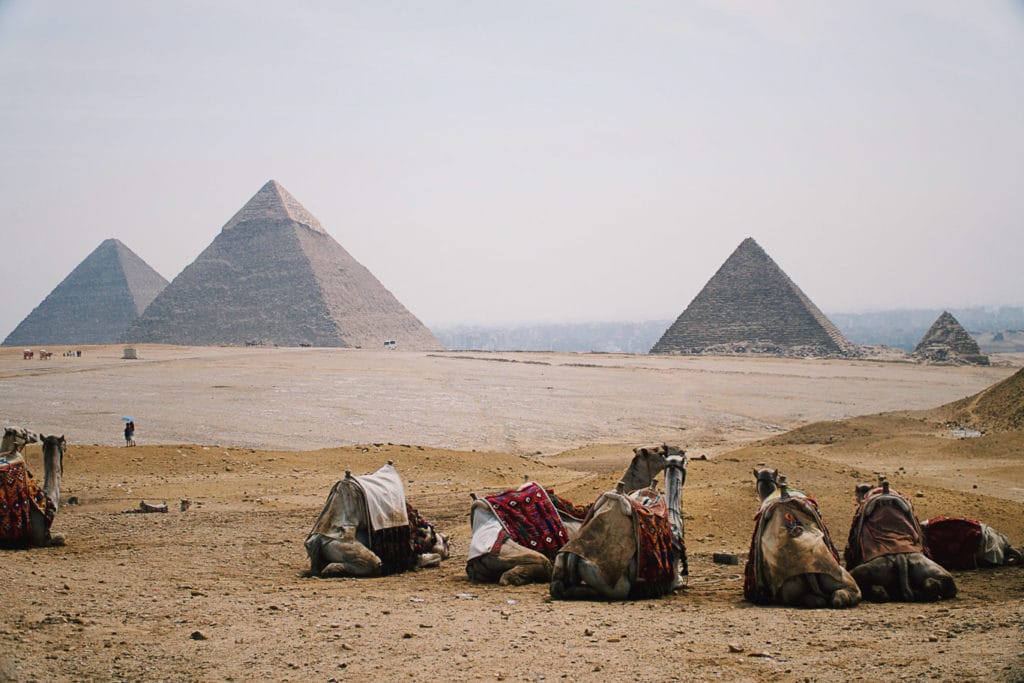
A Wrinkle in Time – History influences our present. Discover the history of the country you visit. Hear the stories of your guides & their family history. Where do they come from?
1 of 1
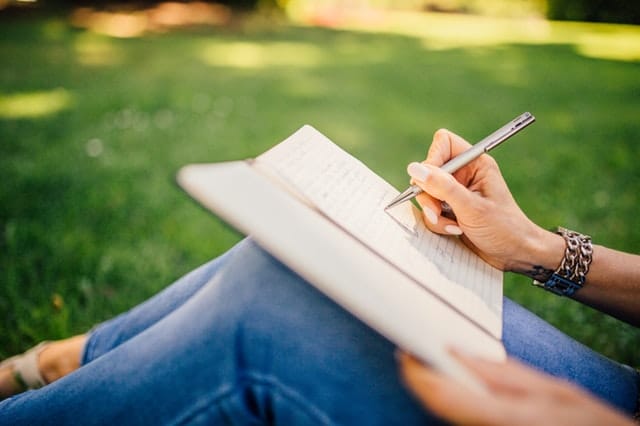
Journal Journeys – Take some time to reflect on the day’s events and document your journey. Spend a moment journaling about the day had & day ahead. These are memories for a lifetime!
1 of 1
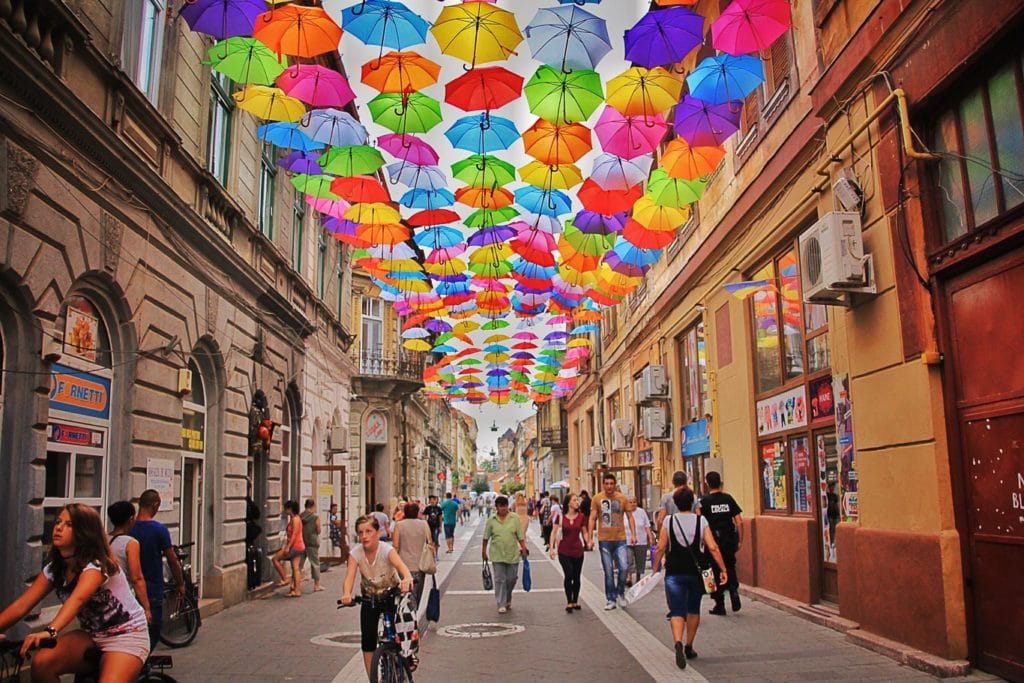
Culture – From local dances, festivals, or simple gestures to communicate – all of these make up a country’s culture. Learn and practice cultural norms & how to show respect in the culture you visit.
1 of 1Itinerary
After you arrive in Casablanca your guide will arrange for your transfer to your hotel. After a brief rest to get settled, head out to meet with your group to start your tour right with a visit to the Hassan II, one of the biggest mosques in the world. Marvel at the incredible 700-foot tall minaret overlooking the Mediterranean, and take some time to wander the grounds in this remarkably serene location. Note that non-Muslims aren’t admitted to the inside of mosques in most of Morocco. After, you’ll sit down for dinner with your group, where your guide will lay out the itinerary for upcoming days you’ll spend “rocking the Casbah!”
Get an early start today after breakfast and take in some of the wildly eclectic blend of architectural styles in Casablanca. There’s the ancient Moorish style, as well as the legacy of the country’s history as a French colony, and then toss in a healthy dose of art deco on top, and you have a snapshot of the mix of cultures that is Casablanca. Visit the Mahkama du Pacha, a former government building in the Moorish style, complete with carved cedar ceilings, detailed mosaics, and marble columns.
After a quick lunch, it’s time to head out to the next city on our journey, Fez (or Fes), about a 3-hour drive away. Once you get checked in to your hotel, you and your guide will head out into the streets of this ancient city, which is much the same as it was when it was built in the 8th century. Fez is widely acknowledged to be the cultural capital of Morocco, and you’ll see why immediately as you take in the narrow, winding streets and high-walled courtyards designed to keep out the blazing summer sun. There’s just time enough for some light sightseeing before dinner and discussion of what’s still to come.
Today you’ll be fully immersed in the unique and ancient world of Fez! Start with a visit to the Royal Palace and check out its iconic and gorgeous Seven Golden Gates. While visitors aren’t allowed inside, the building is nevertheless spectacular and well worth a trip even to view just from outside. Also nearby check out the Mellah, or Jewish Quarter. You can visit the Aben-Danan synagogue and shop at numerous boutiques as well as seeing the Jewish cemetery.
Next, it’s over to the legendary Chouara Tannery, where animal skins are tanned and dyed in the traditional manner before being crafted into highly sought after Moroccan leather for purses, shoes, belts and more. Be aware that the process is rather pungent! Know too that local people will offer you handfuls of mint “for free” to hold over your nose to block the odor as has been done for a thousand years, but they will hit you up for money once you take it, so best to decline or set a price in advance.
Time to head to fresh air and over to the world’s oldest university, according to UNESCO, the University of al Karaouine (Qarawiyyin). Located in the Fes al Bali, the oldest neighborhood of the city, today it functions as a mosque and affords non-Muslim visitors incredible opportunities for photos from the outside with views of its 14 gates and incredible stonework. Don’t forget to see the famous Blue Gate while wandering the area, as well as the al Attarine Madrasa, with its 14th-century architecture and woodwork. You can climb to the roof of the madrassa and from there check out al Karaouine! Finally, dinner and rest up for a big travel day tomorrow.
After breakfast, it’s off to Meknes, a former imperial city an hour away from Fez. Head to the medina, or old city and check out the Bab Mansour gates featuring amazing mosaic tiling, woodwork, and massive arches and columns that are among the most impressive gates in the Arabic world. Next up head to the Heri es-Souani, a former granary, and the Borj Belkari Tower, where guards once kept a watchful eye on the surrounding area for invaders.
After stopping off for lunch, we’re off to the remarkable Mausoleum of Moulay Ismail, the 17th-century sultan who made Meknes his capital. You can also visit the former underground prison Habs Qara where Ismail kept his prisoners – up to 60,000 of them! – out of the public eye. It’s a rather dark and spooky place, with low ceilings and narrow passages, and well worth a visit. Then it’s off to Marrakech where you’ll have a traditional Moroccan dinner after getting checked in to your hotel.
Start the day in the incredible beauty of the Jardin Marjorelle, an Instagram eye-candy riot of color and plants. It was lovingly created over the course of 40 years by French painter Jacques Marjorelle, and once you get a glimpse of its charming lanes, glittering streams and over 300 types of plants, you’ll want to spend that much time there yourself. For fashionistas, there is also an Yves Saint Laurent museum just next door, as the designer loved the Jardin so much he actually bought it in 1980.
After a tranquil start to the day, it’s now time for the madness of one of Morocco’s biggest souks, the traditional bazaars, and Marrakech is home to the biggest of them all, the Souk Semmarine. It’s a veritable maze of little shops and vendors selling everything under the sun, especially ceramics, rugs, and trinkets of all kinds where you can work on your haggling skills and collect plenty of photos for the folks back home. Be sure to stop over at the nearby Souk Cuisine as well, a great place to learn about the spices used in traditional Moroccan cuisine – and grab some lunch!
Following the chaos of the souks, it’s time for some more tranquility in the ruins of the El Badii Palace, a 16th-century palace that still has standing garden walls and an orange orchard. You can go up to second-story terraces for a great view of the city or just simply spend some time relaxing and reflecting on the age of the place and what must have been its former grandeur.
Start the day at the Saadian Tombs, a spectacular must-see site where the remains of many members of the former ruling Saadi family are buried. The tombs were uncovered in 1917 after being hidden from view for centuries, revealing amazing tile work, calligraphy, and decorative carvings.
Next up it’s back to school with a trip to the Ben Youssef Madrasa, a former Quranic school built in the 14th century and once the largest in the world. You can wander through the stunning courtyard, check out the 100 or so tiny student rooms – windowless, grim, and more evocative of prison than a place of learning – as well as the gorgeously decorated prayer hall. Now get ready to head over to the Jemaa el-Fna for lunch and to take in the massive public square. You’ll get some traditional food in the restaurants that surround the vendors selling their wares, as well as seeing snake charmers, musicians of all stripes and whirling dancers. Why not wind down before dinner with a trip to a traditional hammam, a bathhouse where you can take a soak, enjoy a steam, or go for the full pampering treatment of a massage and facial.
For dinner your guide will take you to one of the many places where you can learn traditional Moroccan cooking for yourself, from the spices to the traditional preparation of couscous, slow-cooked mutton, and an eye-popping array of fruits and veggies. Over the dinner you prepared with your mates, you can reflect on your time in this wild, unique country – and start planning your return trip!
After goodbyes over an early breakfast, its time for the transfer to Casablanca and the airport for the trip home. But you’ll always have a tremendous collection of memories and photos to share with friends and family!
From camels crossing the shimmering sands of this ancient land to Berber goatherds tending their flocks on the slopes of the Atlas Mountains, Morocco is a stunning visual feast. You’ll haggle at the ancient bazaars of Marrakech, visit royal mosques in Casablanca, and see imperial palaces and gardens. Along the way, you will study religion and photography as well. So make sure you bring plenty of batteries for your camera because you won’t want to miss a single shot!
Value
3-6 Day
Group Trips
- Airfare
- Transportation
- 2.5 - 3-Star Accommodations
- Daily Activities & Excursions
- 2 Meals Per Day
- Tours & Entrance Fees
- Daytime & Self-Guided Tour Director
- 1 Impact Project
Classic
7-12 Day
Group Trips
- Airfare
- Transportation
- 2.5 - 3-Star Accommodations
- Daily Activities & Excursions
- 2 Meals Per Day
- Tours & Entrance Fees
- Daytime Guided Tour Director
- Up to 2 Impact Projects
Epic
7-14 Day
Group Trips
- Airfare
- Transportation
- 3.5 - 4-Star Accommodations
- Daily Activities & Excursions
- 2 Meals Per Day
- Tours & Entrance Fees
- 24/7 Guided Tour Director
- Up to 3 Impact Projects
- Final Night Celebration Dinner
Interested in adding or modifying activities? No problem! All Worldwide Navigator itineraries can be customized to your liking!
In collaboration with our partners


